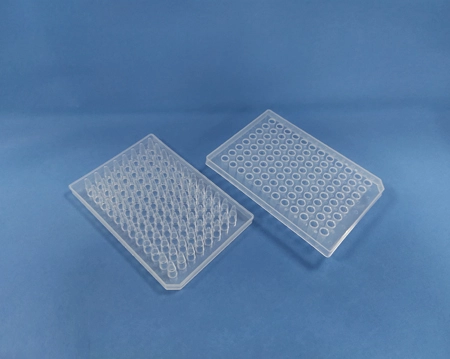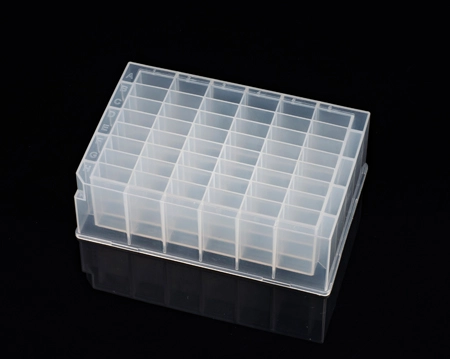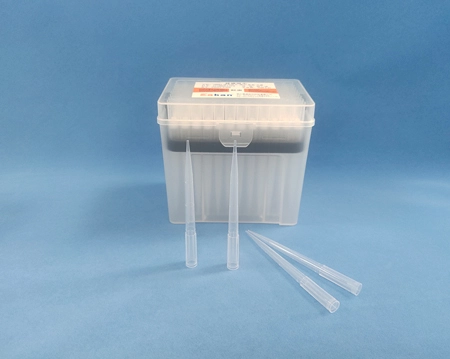What Are Low Retention Filter Tips?
In the realm of laboratory liquid handling, precision and accuracy are paramount. Low retention filter tips are specialized tools designed to enhance pipetting performance and sample integrity. But what exactly are low retention filter tips, and how do they contribute to efficient liquid handling? In this article, we will delve into the world of low retention filter tips, exploring their unique features, benefits, and applications. So, let's embark on a journey to uncover the science behind these innovative pipetting tools!
Understanding Low Retention in Filter Tips
Low retention filter tips are pipette tips specifically engineered to minimize sample adhesion and improve liquid recovery. They are designed to reduce the residual volume of liquids left behind in the tip after dispensing, thereby optimizing sample transfer and minimizing sample loss. This unique characteristic is achieved through various means, including special surface treatments, hydrophobic coatings, or advanced manufacturing techniques.
The reduced surface tension and enhanced hydrophobicity of low retention filter tips prevent liquid from sticking to the inner walls of the tip. As a result, the sample flows more smoothly, adheres less to the tip, and allows for complete and efficient dispensing. This translates into improved accuracy, reproducibility, and reduced waste in laboratory procedures.
Benefits and Applications of Low Retention Tips
1. Improved Accuracy and Precision: The low retention properties of these filter tips enable more accurate and precise liquid handling. By minimizing sample loss and ensuring complete dispensing, researchers can achieve more reliable and consistent results, especially when working with small volumes or expensive reagents.
2. Reduced Cross-Contamination: Low retention filter pipette tips are also effective in preventing cross-contamination between samples. With minimal sample residual left in the tip, the risk of carryover or contamination between successive samples is significantly reduced. This is particularly crucial in applications such as PCR, genomics, and other sensitive assays where even minute contamination can compromise experimental integrity.
3. Compatibility with a Wide Range of Liquids: Low retention filter tips exhibit compatibility with various liquid types, including aqueous solutions, organic solvents, and viscous substances. Their versatility makes them suitable for a broad range of applications, from routine laboratory work to specialized techniques requiring precise liquid handling.
4. Viscous Liquid Handling: Viscous liquids, such as glycerol or high-density reagents, often pose challenges during pipetting. Low retention filter tips excel in handling such liquids by minimizing adhesion and improving liquid recovery. This helps to overcome the difficulties associated with viscous samples, resulting in more accurate and efficient pipetting.
Low retention filter tips revolutionize laboratory liquid handling by minimizing sample adhesion and maximizing liquid recovery. Their unique design and surface properties contribute to improved accuracy, precision, and reduced cross-contamination. By utilizing these specialized tips, researchers can enhance experimental integrity, save valuable samples and reagents, and achieve more reliable and reproducible results.
 English
English  中文
中文  日本語
日本語  한국어
한국어  français
français  Deutsch
Deutsch  Español
Español  italiano
italiano  русский
русский  português
português  العربية
العربية  tiếng việt
tiếng việt 


